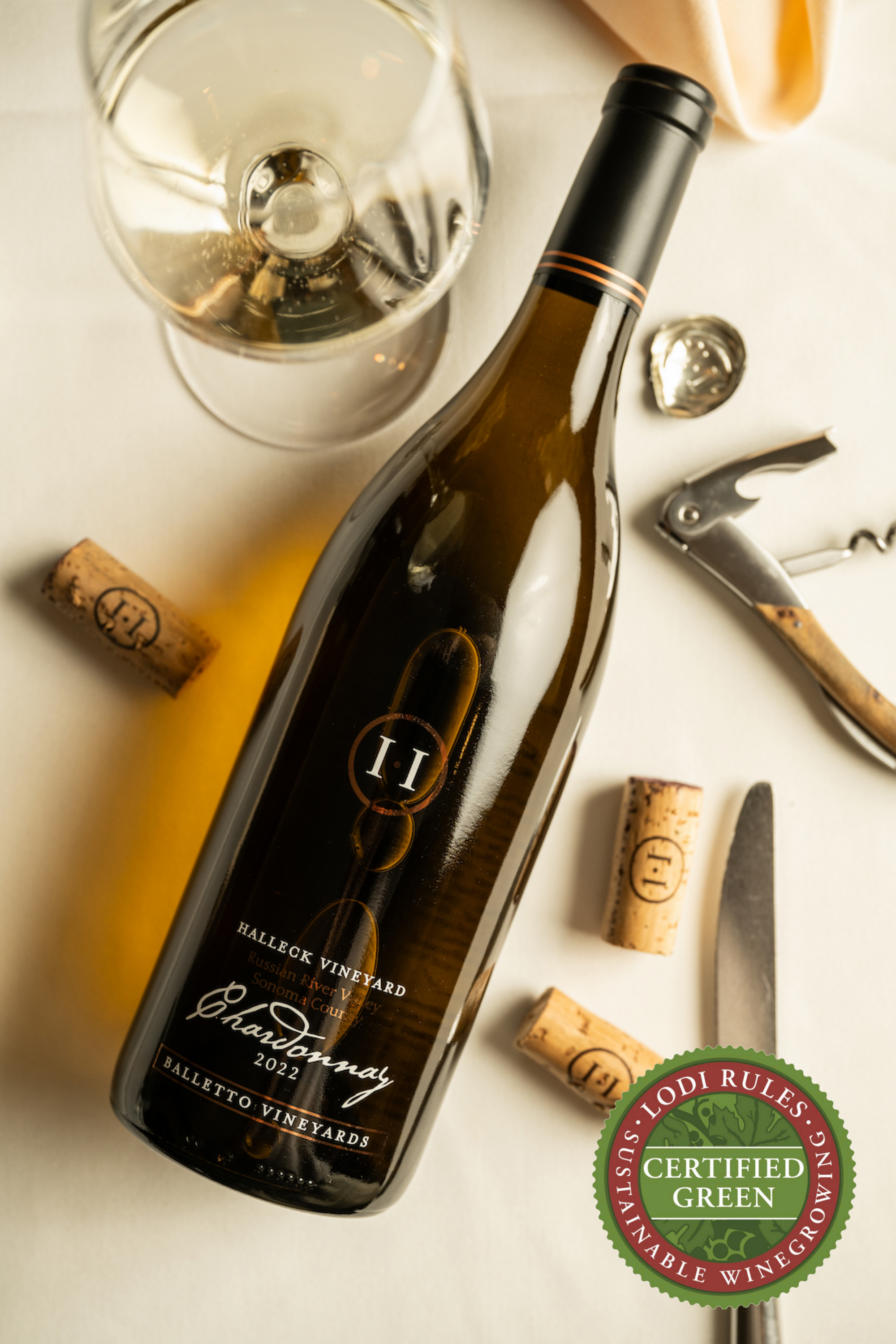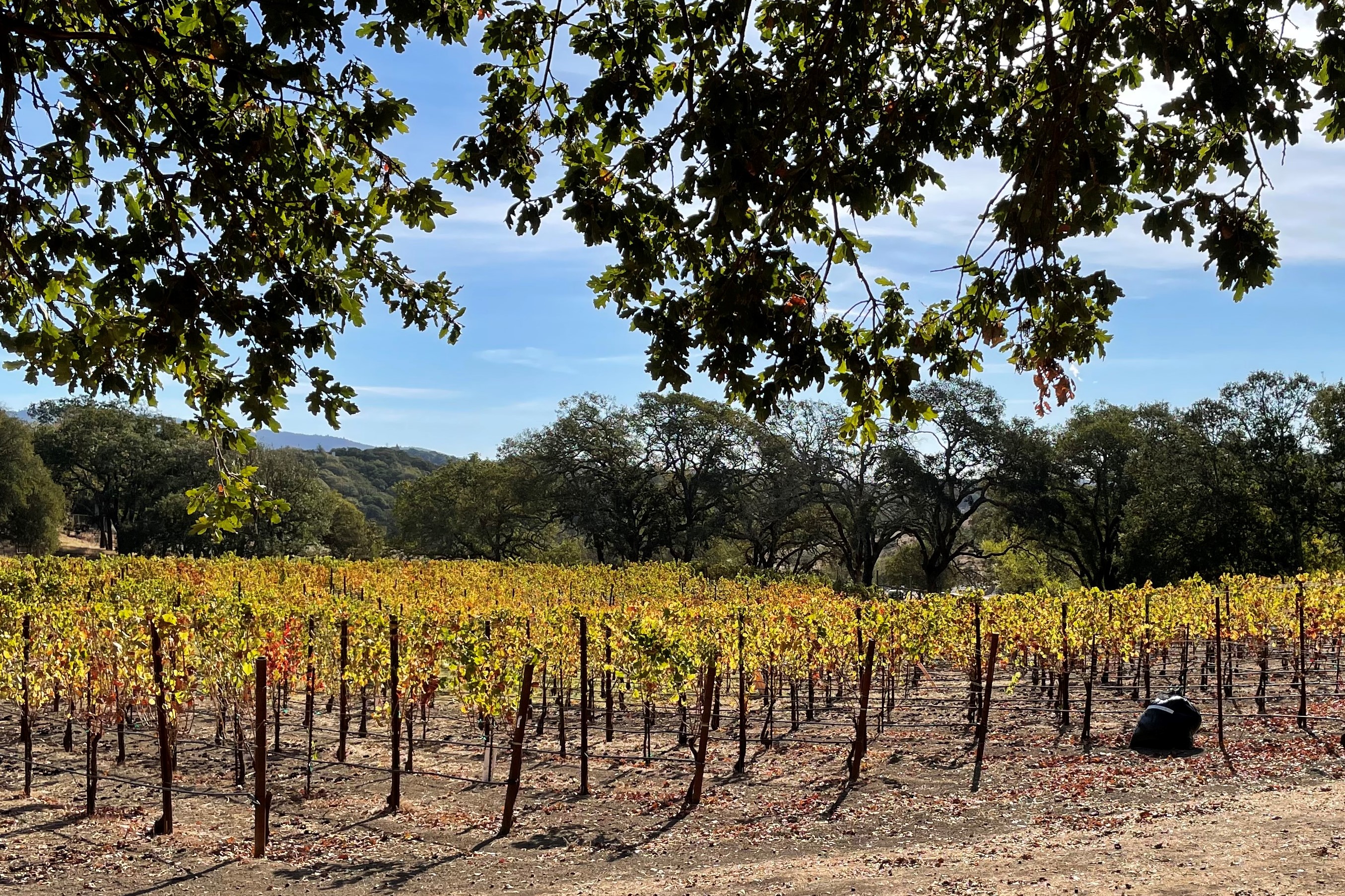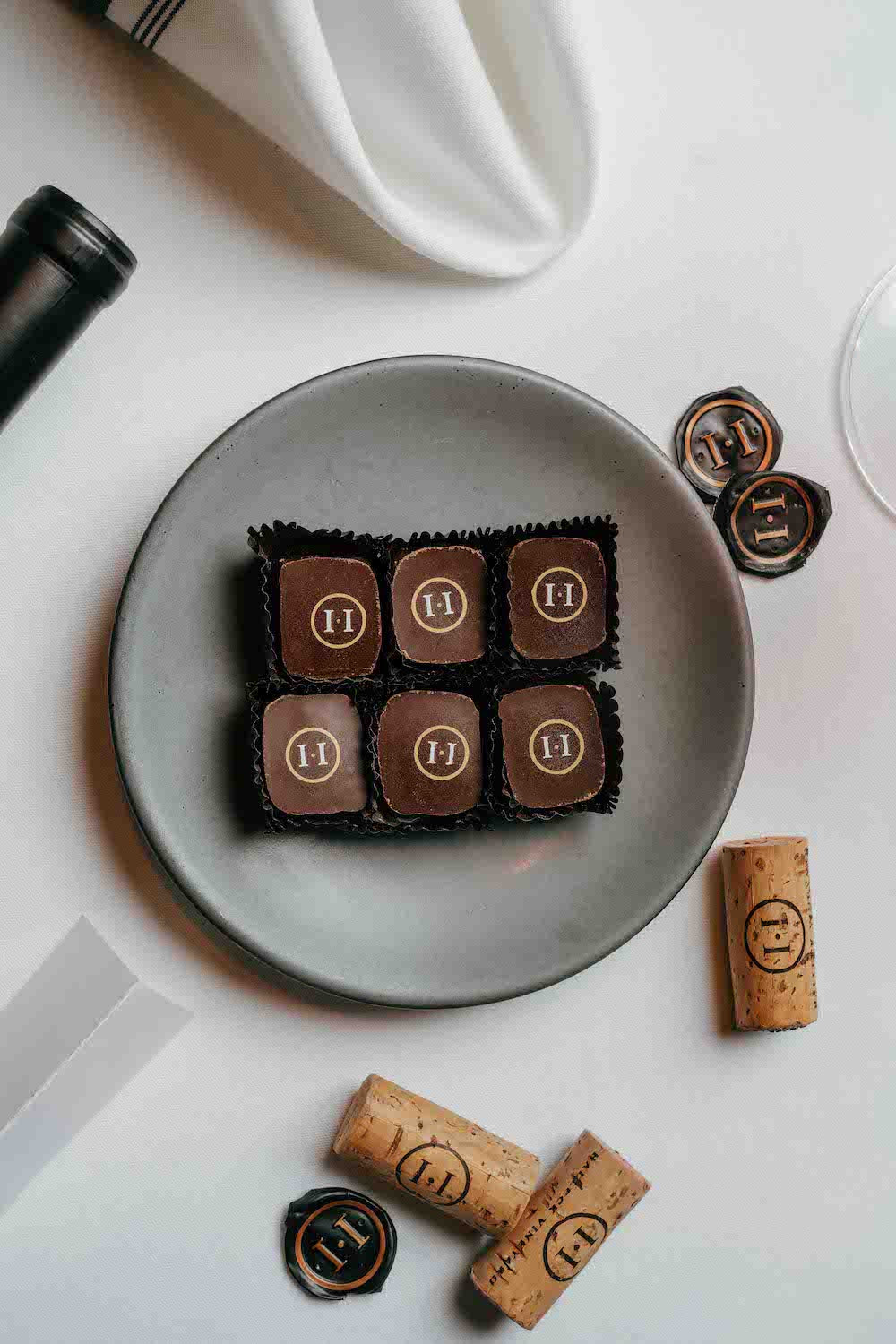Wine Roads in Sonoma County for Your Upcoming Adventure
Understanding the nuanced vocabulary related to winery wine tasting is essential for both novices and seasoned connoisseurs alike. Every term brings to life the experience of tasting wine and might enhance one’s appreciation of the various intricacies concerned. Wine tasting is extra than simply drinking; it's an art that includes numerous senses and feelings.
To start with, the term "nostril" refers to the aromas one detects when smelling the wine. This is a vital step because the bouquet sets the stage for the tasting experience. Notes of fruit, spice, earth, and wood might mingle, providing a glimpse of what the palate may verify. Understanding "nosing" the wine can dramatically elevate one's sensory journey.
Another key facet is the term "body." The body of the wine describes its weight and fullness on the palate. A full-bodied wine has a robust presence and tends to linger longer after swallowing. Conversely, light-bodied wines may feel extra delicate and refreshing. Recognizing the physique helps tasters assess the wine's construction and steadiness.
Enjoy the Essence of Estate Pinot Noir and Chardonnay in The Russian River Valley
The idea of "tannins" is important in purple wine tasting. Tannins are compounds derived from grape skins, seeds, and stems, contributing to a wine's texture and getting older potential. High tannin wines often lead to a dry mouthfeel, whereas lower tannin levels yield a smoother experience. This distinction is especially necessary when pairing wines with food, as tannins can both complement or conflict with certain dishes.
In addition to tannins, "acidity" plays a significant function within the wine tasting experience. Acidity offers wine its crispness and liveliness - Family-Friendly Wine Tasting Options in Sonoma County. Wines with higher acidity are typically refreshing and energizing, making them glorious companions for a wide selection of meals. Recognizing acidity can drastically improve one’s food-pairing capabilities and overall tasting enjoyment.
When delving into the flavor profile of a wine, one may encounter the term "end." The end refers again to the aftertaste that lingers within the mouth after swallowing. A long end is often associated with high-quality wines, because it signifies complexity and depth. A short end may recommend an easier wine. Understanding the way to consider the end can reveal a lot about a wine's character.
Exploring the "vintage" is also integral to wine tasting terminology. The vintage denotes the year in which the grapes had been harvested. Different years can yield vastly totally different outcomes due to variations in climate circumstances. For occasion, a hot summer time can produce extra concentrated flavors, while a cooler yr may yield extra subtle, nuanced wines. Understanding vintage allows for a deeper appreciation of a wine’s origin and potential.
Top Clients' Recommendations in Sebastopol and Sonoma 95433
The term "terroir" encompasses the geographical and environmental elements that contribute to a wine's unique character. Components similar to soil kind, local weather, elevation, and topography all play a role within the flavor and quality of the wine. This connection to put helps one understand why wines from completely different regions can style so distinctively totally different, even when created from the same grape variety (Delve into the World of Sebastopol's Wineries).
When participating with wines, the phrase "leg" refers again to the droplets that type on the within of the glass after swirling. These droplets can indicate the wine's alcohol content and viscosity. While observing the legs may not instantly relate to the wine’s taste, it adds to the general experience and intrigue of wine tasting much less clear.
Planning the Ideal Wine Tasting Day in Sonoma County
A more specific term that may arise throughout tastings is "oak." The affect of oak barrels on wine can impart flavors such as vanilla, toast, or spice. The degree of oak growing older can differ broadly amongst wines, affecting each aroma and style. Understanding oak therapy supplies insights into the winemaker’s selections and the ensuing complexity of the wine.
In wine tasting, one might also hear the term "palate." The palate refers to the general taste experience in the mouth. This encompasses sweetness, bitterness, acidity, and body. A well-balanced palate is essential for a harmonious tasting experience, and recognizing any imbalances helps assess the quality of the wine.
The experience of wine tasting is greatly enriched by understanding the terminology that accompanies it. Every term serves a function, enhancing the flexibility to convey ideas and emotions concerning the wine one's experiencing. This vocabulary bridges communication between tasters, sommeliers, and winemakers alike.

To absolutely take pleasure in wine tasting, it's important to engage all senses. The sight of the wine, its color, and readability can provide perception into its age and quality. Swirling the wine releases aromas that heighten the olfactory experience, while the precise tasting allows for a complete evaluation of the wine's profile.
Explore the Top Wineries in Sonoma County for Remarkable Wine Tasting Experiences 95405
In conclusion, understanding the detailed clarification of winery wine tasting terminology greatly enhances the experience of tasting. Each term invites the taster to interact extra deeply with the wine, encouraging connections to the senses, the winemakers, and the lands the place the grapes are grown. This nuanced vocabulary creates a richer, extra fulfilling wine tasting experience.
- Aroma refers back to the scents released by the wine, which can indicate its grape variety and influence the tasting experience.
- Tannins are natural compounds found in grape skins, seeds, and stems, contributing to the wine's structure and growing older potential.
- A end, or aftertaste, is the lingering flavor sensation that is still on the palate after swallowing, usually a key indicator of high quality.
- Physique describes the burden and fullness of wine within the mouth, typically categorized as light, medium, or full-bodied.
- Terroir denotes the distinctive environmental traits of a vineyard that have an effect on the taste and high quality of the wine, together with soil kind and local weather.
- Acidity is a important part that contributes to a wine's freshness and steadiness, impacting its getting older functionality and total flavor profile.
- Vintage signifies the 12 months grapes had been harvested and performs a big function in figuring out the wine's characteristics, reflecting specific climatic conditions.
- Decanting includes pouring wine from its bottle into another vessel, allowing it to aerate and enhancing its flavors and aromas.
- A corked wine could also be tainted by a faulty cork, leading to musty or off-putting flavors that detract from the wine's supposed profile.
- The term “legs” refers to the droplets that cling to the within of a glass after swirling, typically associated with the wine's alcohol content material and viscosity.undefinedWhat is the meaning of "nostril" in wine tasting?undefinedThe "nostril" refers to the aroma profile of the wine, which is detected via the sense of smell. It Is a vital facet of wine tasting, as aromas can reveal a lot about the grape selection, winemaking process, and getting older.
How ought to I correctly taste wine?undefinedTo taste wine effectively, comply with these steps: observe the colour, swirl the discover here wine to aerate it, take a mild sniff to seize the aromas, sip and let it coat your palate, and eventually, note the finish. This approach helps in appreciating the wine’s complexity.
What are "tannins" and the way do they have an effect on wine?undefinedTannins are pure compounds present in grape skins, seeds, and stems that contribute to a wine's structure and astringency. They can create a drying sensation in the mouth, and so they additionally play a role in the wine's getting older potential.
Unique Wine Experiences: What to Expect at Sonoma Wineries

What does the term "stability" imply in wine tasting?undefinedStability refers back to the concord between the different components of a wine, similar to acidity, sweetness, alcohol, tannin, and flavor intensity. A well-balanced wine may have each of those elements supporting each other rather than overpowering the others.
What is the importance of "terroir" in wine tasting?undefinedTerroir encompasses the environmental factors—such as soil, climate, and geography—that affect the characteristics of the wine produced in a selected region. Understanding terroir helps tasters respect the distinctive qualities that different areas impart to their wines.
What does "vintage" imply and why is it important?undefined"Vintage" indicates the 12 months when the grapes were harvested. It is essential because it impacts the wine’s high quality and traits, as weather circumstances through the rising season can significantly influence flavor profiles and aromatics.
What are "legs" and what do they signify?undefined"Legs" discuss with the droplets that type and run down the inside of a glass after swirling wine. Whereas they can point out alcohol content and viscosity, they don't determine quality—this click to investigate is more about personal notion of richness.
Insider's Look at Winery Experiences in Sonoma County 95468

What does "full-bodied" imply versus "light-bodied"?undefined"Full-bodied" wines are wealthy, dense, and often have larger alcohol content and complex flavor profiles, whereas "light-bodied" wines are more delicate and refreshing with a decrease alcohol content. This distinction helps tasters perceive the anticipated weight and mouthfeel of the wine.
How can I identify fruit flavors in wine?undefinedTo establish fruit flavors, consider the aroma and style profiles. Swirl the wine, inhale deeply to capture the bouquet, and give attention to particular characteristics. Familiarity with typical fruit profiles of varied grape varieties can enhance this identification course of.
What is "finish" in wine tasting?undefinedThe "end" refers to the aftertaste that lingers within the mouth after swallowing. A long, advanced finish is commonly a sign of high quality in a wine, as it displays the depth of flavor and general craftsmanship in the winemaking process.